Houses in Japan are rather ephemeral things – they have an astonishingly brief lifespan of just 25 years on average. Battered by nature and bludgeoned by war, an unusually high proportion of the country’s homes are spontaneous creations. They negotiate their surroundings rather than shape them – like mountain goats clinging to a craggy cliff face.
The Second World War in Japan killed hundreds of thousands, and also obliterated entire urban centres. The atom bomb damaged or destroyed 70,000 of Hiroshima’s 76,000 buildings in 1945; much of Nagasaki was completely razed; firebombing wiped out half of Tokyo. But the threat of destruction did not end with the conflict. The volcano-peppered country can have thousands of earthquakes each year: in 2011, the Great East Japan Earthquake and resulting tsunami left its mark on a million homes. Inheritance tax and high land prices also mean that people often opt to demolish parents’ homes and start afresh. In short: the Japanese house has frequently had to mutate, and its various iterations are intriguing documents of societal thought and experience.
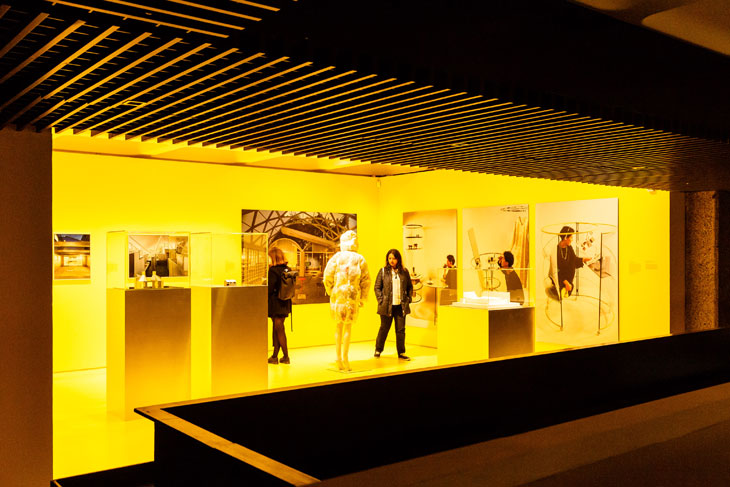
‘The Japanese House: Architecture and Life after 1945’, installation view at the Barbican Art Gallery, London. Photo: Miles Willis / Getty Images
The Barbican’s survey of post-war Japanese architecture – a follow-up to ‘The Surreal House’ exhibition of 2010 – focuses on these developments. Encompassing the work of over 40 architects, it reveals how, in its response to globalisation and modernity, Japanese housing has long been distinct from the West. The exhibition opens with the rebuilding projects of the late 1940s and 1950s. As the concrete council blocks of inner-city London and the towers of the Parisian banlieues began to go up, many of Japan’s architects chose to experiment with pre-fabrication for individual houses instead, applying functionalist and modern techniques to traditional Heian- and Edo-period wood and bamboo designs.
That being said, a glance at Tokyo’s neon Shibuya district, shows that high-rises have, ultimately, found a place. The Barbican’s curators go on to explore the rise of the ‘Metabolism’ movement in the 1960s, whose architects turned out sophisticated, dizzying modular mega-structures, envisioning a brave new future for Japan. This attitude was then eschewed by a new generation who, craving individualism, constructed buildings which allowed for a more intimate experience of space.
Fascinating examples from each of these periods are introduced in a dramatic series of spaces upstairs. Among them are Takamitsu Azuma’s concrete tower, erected in 1966 on a 20 sqm plot of land in Tokyo, one of the first symbols of the modern metropolis, and Toyo Ito’s horseshoe-shaped White U (1976), which shields its inhabitants from the outside world. Created for his recently-widowed sister, it also channels the national sense of introversion that accompanied Japan’s economic slump in the 1970s. In our own social media-driven epoch of zero privacy, Sou Fujimoto’s tree-inspired House NA (2011) – an alarmingly transparent jumble of deck spaces – proves just as apt.
But the showstopper is downstairs, where visitors can explore a 1:1 recreation of the Moriyama House (2005), created by Pritzker prize-winning Ryue Nishizawa for 79-year-old ‘modern hermit’ Yasuo Moriyama. Over the period of one hour, the exhibition lighting brightens and dims to recreate the cycle of day and night. Conceived as a Tokyo neighbourhood in microcosm, this ‘hamlet’ home of 10 rooms (each in fact a self-contained building) is connected by an elegant courtyard filled with trees and potted plants. Moriyama lives in some rooms, and rents others; in the Barbican’s recreation, the house is filled with versions of his personal possessions – Sonic Youth records, Muji toiletries and noodles packets. It is the embodiment of minimalism and modernism, a shared space without the usual claustrophobia, offering a way of living beyond the nuclear family.
It’s not surprising to learn that Beka and Lemoine, the filmmakers behind a curious documentary of Moriyama screened within the exhibition, also made a film about the Barbican itself. The asymmetric nooks and crannies of the revered Brutalist structure complement and elevate this installation.
In counterpoint to the Moriyama House is a separate installation created for the Barbican by Terunobu Fujimori: a dreamlike garden of moss-covered stones with a raised tearoom at its centre. The building’s hand-charred timber exterior and white plaster interior celebrate traditional Japanese craft. But aspects of its decoration also suggest a tendency towards the fantastical side of Japanese design. This is even more clear in the revered work of Osaka-born Kenzō Tange, which could be taken straight out of a manga comic.
This exhibition dismantles popular depictions of Japanese architecture, from the exquisite anonymity of the skyscrapers in Lost in Translation to exoticised conceptions of tatami tea rooms visited by camera-wielding tourists. ‘The Japanese House’ makes it clear that Japanese architecture is not a monolithic tradition but an ingenious, evolving field that constantly offers new ways of living.
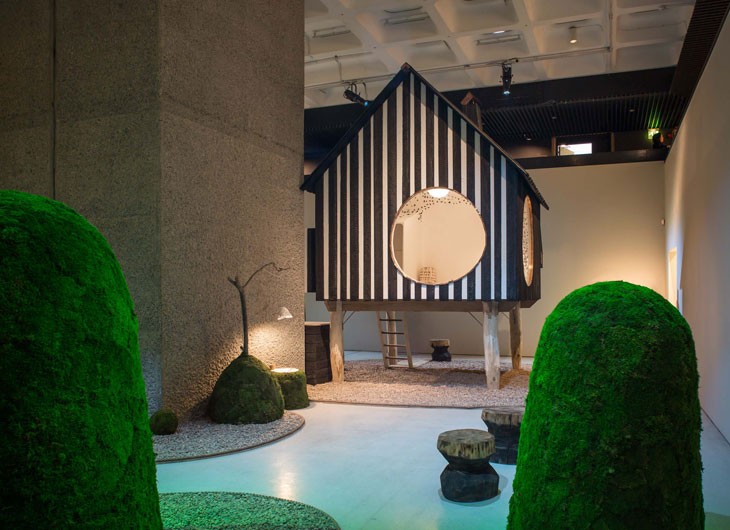
‘The Japanese House: Architecture and Life after 1945’, installation view at the Barbican Art Gallery, London. Photo: Ben Tynegate
‘The Japanese House: Architecture and Life after 1945’ is at the Barbican until 25 June 2017.
Unlimited access from just $16 every 3 months
Subscribe to get unlimited and exclusive access to the top art stories, interviews and exhibition reviews.


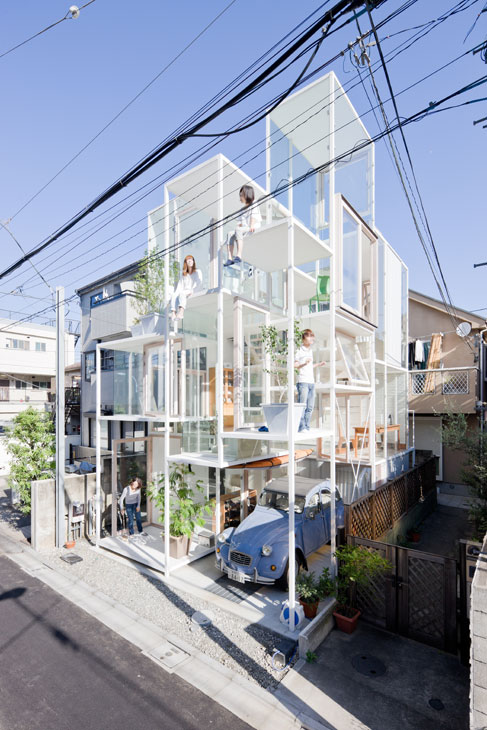
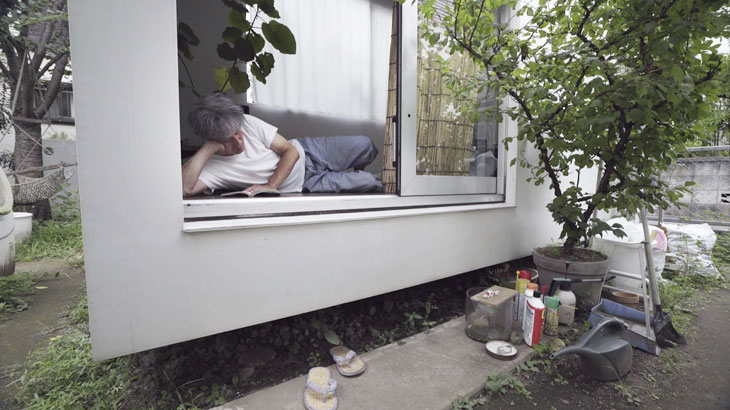

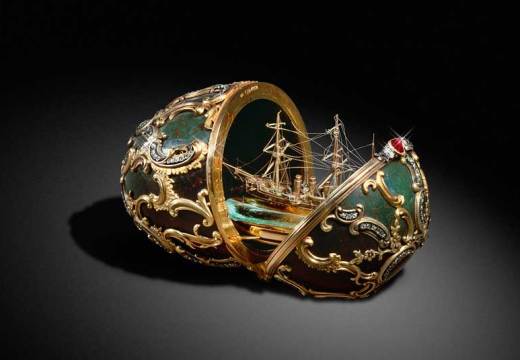
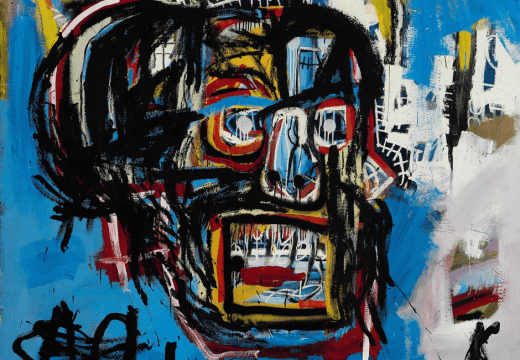









![Masterpiece [Re]discovery 2022. Photo: Ben Fisher Photography, courtesy of Masterpiece London](http://www.apollo-magazine.com/wp-content/uploads/2022/07/MPL2022_4263.jpg)
Why are fathers so absent from art history?